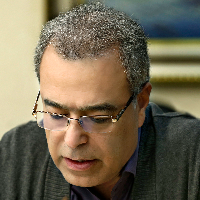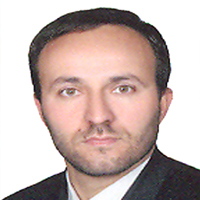Spatial Analysis of Vulnerable Group Accessibility to Public Services Using an Inclusive City Approach (case study: Tehran Metropolis)
The inclusive city approach focuses on vulnerable groups, minorities, deprived and rejected individuals, and calls for justice and the reduction of inequality in various fields. The main goal of this study is to measure and spatial analysis of the Inclusiveness of Tehran Urban spaces to assess the Accessibility of vulnerable groups to urban services. Vulnerable People include women, children, the elderly, the illiterate, the unemployed, immigrants, and families with disabilities who are assessed as target groups. The method used in this research is quantitative and by comparing and validating three different methods of spatial data mining methods Such as principal component analysis, spectral clustering, and self-organizing maps. Validation and evaluation of different options in clustering have been done using 4 internal clustering evaluation indicators and comparison between the best method and the most optimal number of clusters. Results, show the self-organizing maps method and also 5 number of clusters have been selected as the best option from other options. Based on the final outputs, about 31 percent of the residential area in Tehran has a lower than average accessibility, most of which are located in the marginal spaces and near the border of the city. Also, most of the central and northern areas of Tehran have good and very accessible access, which constitutes nearly 40percent of Tehran's residential areas. The results of the analysis of vulnerable groups also indicate that more than 30 percent of women, children and the illiterate live in areas with lower than average accessibility levels.
-
Urban Growth Patterns and its Driving Forces in the Tehran Urban Agglomeration
Hashem Dadashpoor *, Peyman Karami, Hosein Shafizadeh Moghadam
HOnar - ha - ye - ziba Memari - va - shahrsazi, Autumn 2024 -
Explaining the Process of Formation, Expansion, and Spatial Relations of Tehran’s Peri-Urban Areas: A Grounded Theory
Somayeh Ahani *, Hashem Dadashpoor
Journal of Urban Economics and Planning, -
The Role Of Interactive Planning In Today's Urban Planning Field As Perceived By Professionals
Shadi Shokri Yazdanabad, *
Naqshejahan- Basic studies and New Technologies of Architecture and Planning, -
A Meta-Analysis of Housing Satisfaction in Mehr Housing Project according to Housing General Policies
Somayyeh Haghroosta, *, Esfandiar Zebardast
Quarterly Journal of The Macro and Strategic Policies, -
Identification and Evaluation of Planning and Design Criteria of The Police Centers Using the Passive Defense Approach(Case Study: Police Stations of Pardis City)
*, Kheder Faraji Rad, SayedKhalil SayedAlipour
journal of police Geography,




